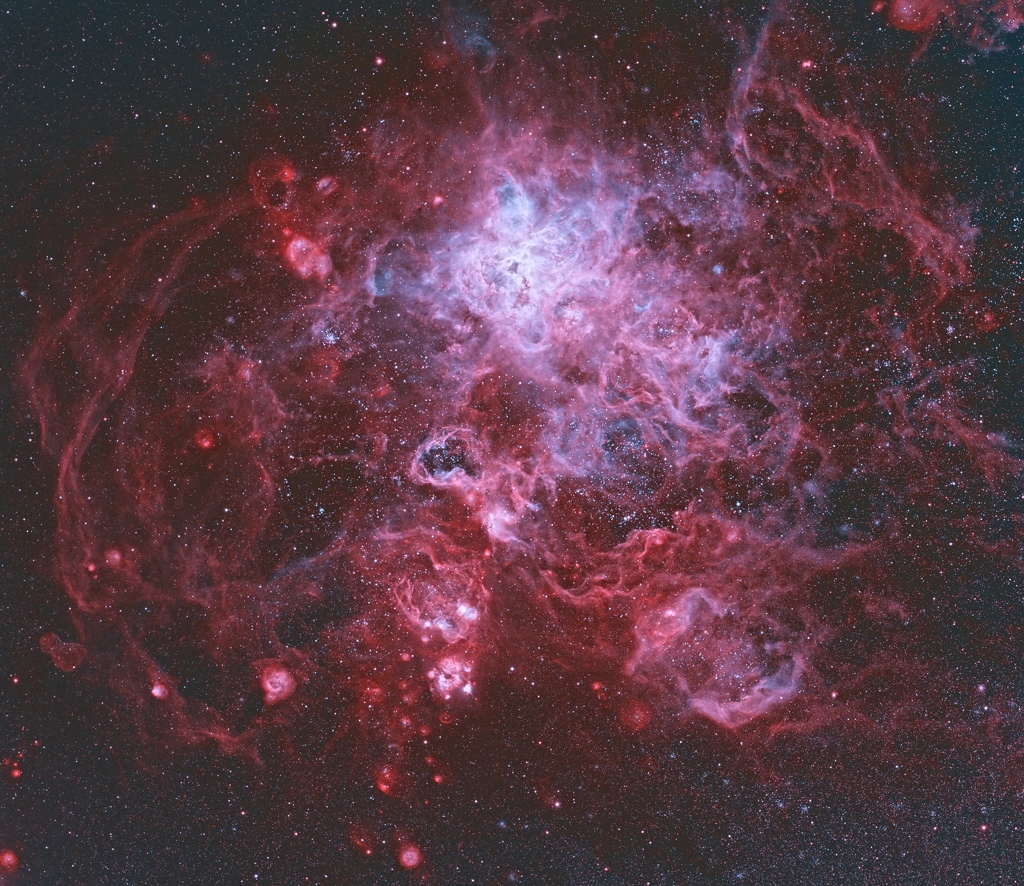"Se fores ao Alentejo"
16.11.17
Igrejas maravilhosas do Brasil - Basílica do Senhor Bom Jesus de Iguape – Iguape -SP

Construída entre os séculos, XVIII e XIX, a Basílica do Senhor Bom Jesus de Iguape demorou 80 anos para ser finalizada. Os materiais incorporados em sua obra, como pedra portuguesa, arga massa e óleo de baleia, juntamente com a riqueza de detalhes de seu interior e sua história, chamam a atenção de qualquer visitante. Várias imagens estão dispostas pela Basílica, entre elas a Nossa Senhora das Neves e Bom Jesus de Iguape, padroeiros do município.
Astronomy picture of the day - 2017 November 15 - The Tarantula Nebula

Image Credit & Copyright: Ignacio Diaz Bobillo
Explanation: The Tarantula Nebula is more than a thousand light-years in diameter, a giant star forming region within nearby satellite galaxy the Large Magellanic Cloud, about 180 thousand light-years away. The largest, most violent star forming region known in the whole Local Group of galaxies, the cosmic arachnid sprawls across this spectacular view composed with narrowband data centered on emission from ionized hydrogen and oxygen atoms. Within the Tarantula (NGC 2070), intense radiation, stellar winds and supernova shocks from the central young cluster of massive stars, cataloged as R136, energize the nebular glow and shape the spidery filaments. Around the Tarantula are other star forming regions with young star clusters, filaments, and blown-out bubble-shaped clouds. In fact, the frame includes the site of the closest supernova in modern times, SN 1987A, right of center. The rich field of view spans about 1 degree or 2 full moons, in the southern constellation Dorado. But were the Tarantula Nebula closer, say 1,500 light-years distant like the local star forming Orion Nebula, it would take up half the sky.
Inscription à :
Articles (Atom)
LES PLUS BELLES GARES - États-Unis - Washington
Ouverte en 1908, Union Station est la principale gare de Washington DC, aux États-Unis. Abîmée, le toit effondré, elle a été refaite à neuf...

